Overlanding with a Two-Wheel Drive Vehicle
I'm going to let you in on a dirty little secret: it *is* possible to overland in a two-wheel-drive vehicle. In fact, it is quite possible. And I daresay, in some ways, it is even easier and more achievable to overland in a two-wheel-drive vehicle than it is to overland in a four-wheel-drive vehicle. Ultimately, it comes down to considering the matters of possibility, preferences, and goals.
Most of the people I know who choose or chose to overland via a two-wheel-drive vehicle (my 26-year-old self included), did so because it was simply the vehicle we had available to do the journey we wanted to do. Perhaps we simply liked the vehicle, or it made sense to use it for some practical reason, or we didn't have the money to purchase a four-wheel-drive vehicle to travel with. Two-wheel-drive vehicles tend to have better fuel mileage and be more simple to maintain or have fixed if a problem arises, making them a more budget-friendly option, yet again.
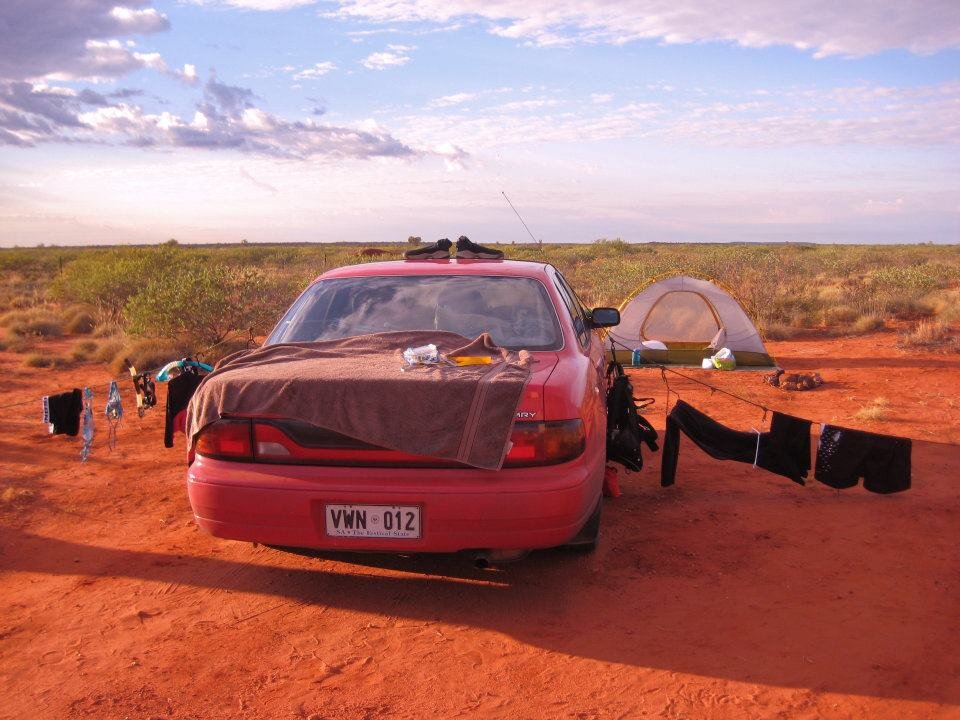
Two-wheel-drive vehicles tend to be less spacious than most of their four-wheel-drive counterparts, so travel preferences must be considered as this is where what you are able to bring will determine how you travel. If you want to stay in a hotel every night - easy - you completely eliminate an entire packing category of camp equipment. If you want to camp every night, it is likely that your set-up will be quite simple. Perhaps a ground tent and a highly-compressible sleep system, including an inflatable mattress. Is the preference to travel via and closer to larger population centers rather than in the middle of nowhere? If so, your access to restaurants and potable water refilling opportunities will be far greater. Further eliminating space required to pack for a long, backcountry expedition. In this case, maybe your food set-up is fairly simple and only contains a few basic staples.
READ MORE: WHERE TO GO OVERLANDING
The goals of the journey are the most salient points to consider. What do you want to get out of the overland journey? Do you want to experience the unique cultures of the towns and cities you travel through? Do you want to see the major architectural, historical or artistic highlights of the towns, States and countries you are traveling through? Do you want to try a new restaurant every day? Dance with the locals in a different square every evening? If you've answered "yes" to any of these questions, overlanding in a two-wheel-drive vehicle would be completely suitable for you. Roads to most major towns and cities the world over tend to be paved or in fairly good condition otherwise. Same with most touristy highlights in any given country. Should one encounter an area where the road to the desired destination is in questionable condition, in many cases, all that needs to be sacrificed is a little speed or perhaps an adjustment to tire pressure. This is where it comes in handy to know your vehicle and understand how to stretch it to its reasonable limits of achievement.
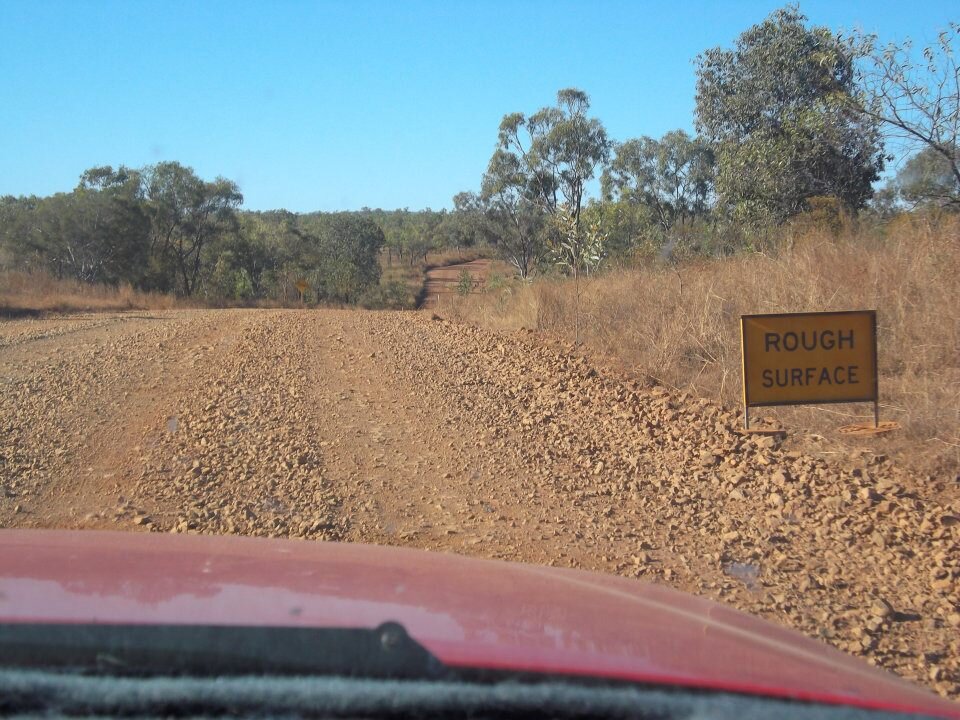
As I mentioned, 26-year-old me chose to overland in a two-wheel-drive vehicle. After working a wine harvest in the Barossa Valley in Southern Australia, I decided to see more of the country before my next work engagement began. I had purchased a used Toyota Camry from a colleague, loaded up my suitcases which contained my scuba dive equipment and camera equipment, a few cases of wine (because: industry perks) and an assortment of food staples (such as peanut butter and jam). Initially, I stayed in quaint B&Bs in the countryside. As my bank account shrank, I moved towards hostels in smaller cities. And once my bank account was nearing a hazardous minimum, I began seeking out campgrounds and found a way to sleep, quite comfortably in the Camry. While I avoided telling my parents I was sleeping in my car, I came to enjoy the experience. I met fellow car campers, some actual overlanders and some genuinely interesting people. The folks staying in campgrounds and at unorganized free camping areas seemed to be friendlier and more outgoing than those I encountered in hotels and hostels. I purchased a propane stove that folded up like a small typewriter and fit nicely in the Camry's trunk. With that I was able to self-cater to my caffein addiction and make basic meals. I eventually purchased a tent and sleeping pad so I could stretch out a bit. And I LOVED that I didn't have to drag all of my expensive scuba and photography equipment into a hotel at the end of every day out of concern that it would be stolen from my vehicle.
READ MORE: IS OVERLANDING DANGEROUS?
In this Camry, I visited Kangaroo Island, drove the famous Great Ocean Road (Australia's version of the Pacific Coast Highway), made it to several parks and animal sanctuaries where I encountered cassowaries, countless kangaroos and koalas. We took the ferry to Tasmania and camped at Bay of Fires, did scuba shore dives with wobbegong sharks in the frigid waters off of the East Coast, with manta rays off of the Great Barrier Reef and with colorful nudibranchs off the coast of Western Australia. We drove the famous Nullabor Highway and through many national and state parks. The Toyota Camry eventually became known as Dusty Red (because you can't overland through the middle of Australia without a light sheen of earth coating every surface.
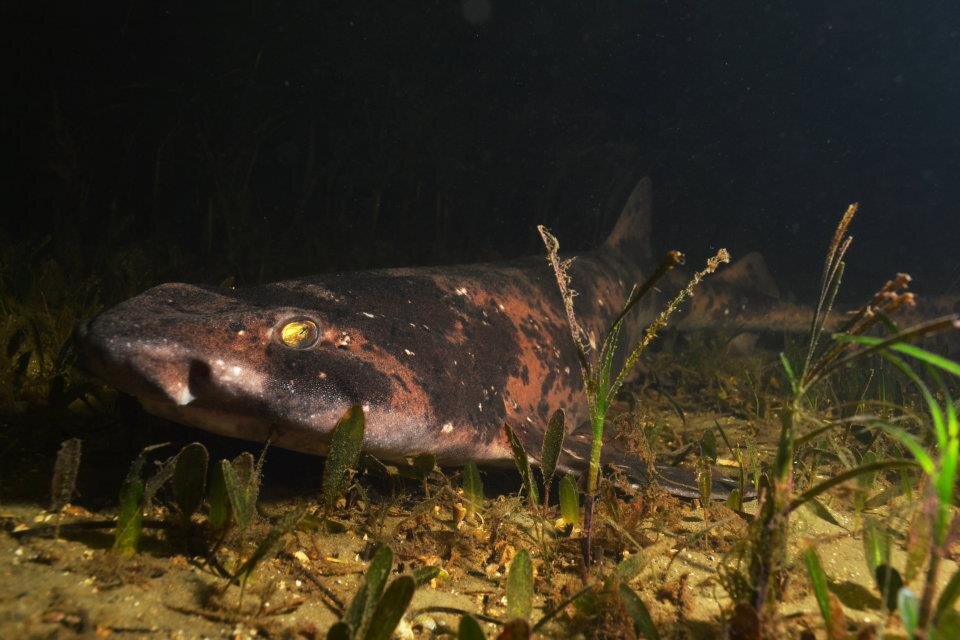
Eventually, I gained a travel partner in the form of a boyfriend and he (with minimal prior mechanical knowledge) was able to change my brakes for me after watching a few YouTube videos. After a rather unfortunate run-in with a wombat in Tasmania, we were also able to replace a busted radiator.
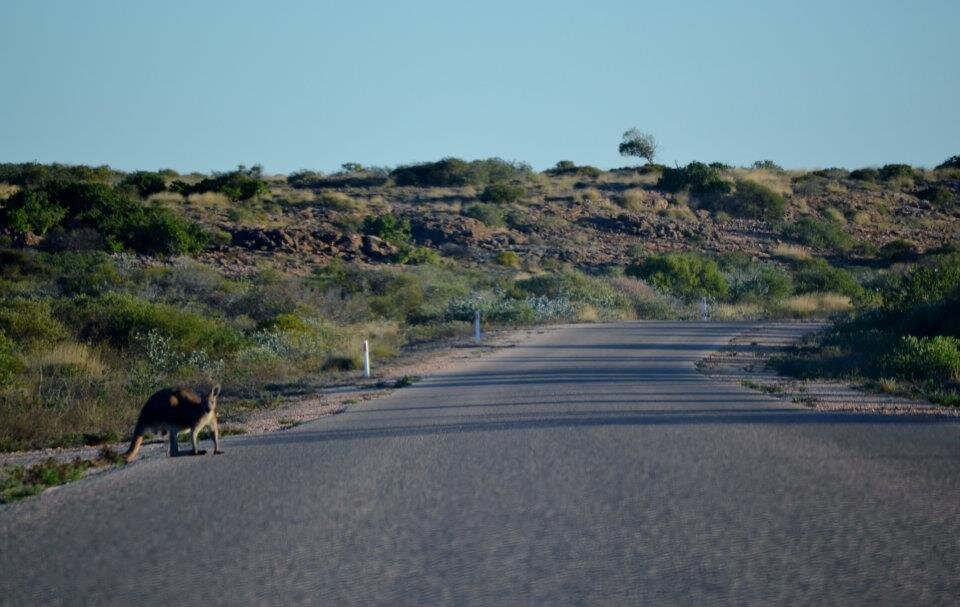
Were there moments where I wished I was in one of the sweet four-wheel drive LandCruisers that I passed on the road, daily? Sure. The Camry wasn't up for the drive to Australia's most northern point: Cape York. It's a fantastic old postal track which yields quite the adventure to anyone willing and able to make the trip. Dusty Red was definitely not up for deep water crossings, which meant I was only able to make it so far North on the Gibb River Road. At one point, it was clear the Camry was not going to make it to the Bungle Bungles (a geological feature we were keen to visit) due to the conditions of the Great Northern Highway. Seeing that we were poised to turn back, fellow overlanders in a four-wheel drive with two back seats to spare, offered to take us along on their trip, which was lovely. BUT, my priorities for my journey around Australia were not to make it to any particular point at the end fo a four wheel drive track. My priorities were to see the country. Meet the people. And spend as much of the money I could save by car camping and self-provisioning on diving the fabulous dives sites I had been reading about for my entire life. As far as I was concerned, my mission for that overland journey around Australia was well-accomplished.
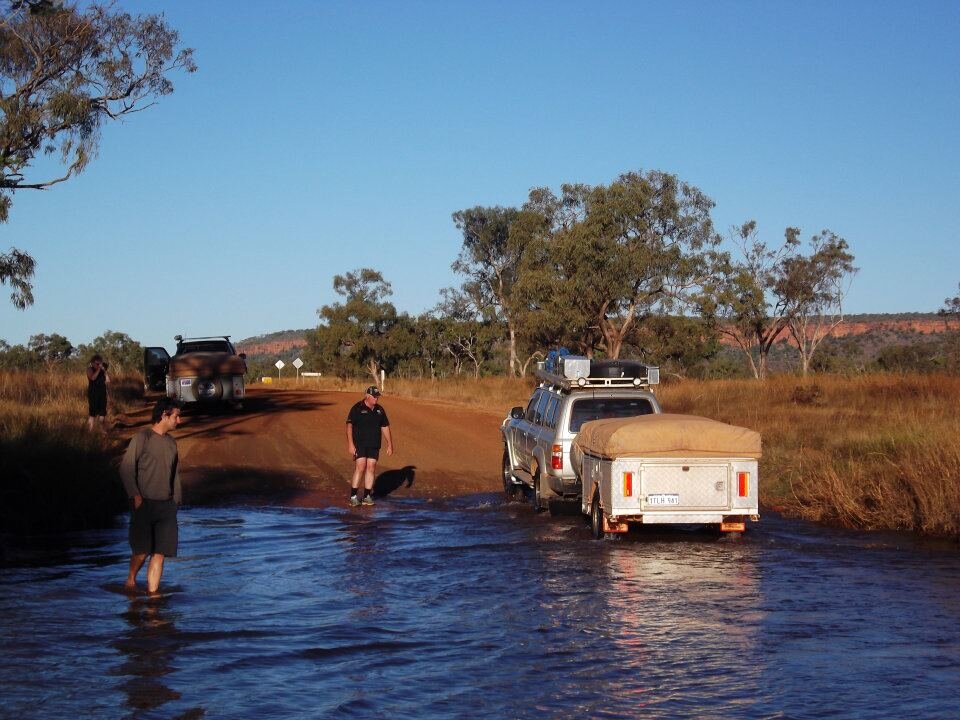
But you don't have to just take my word for it. Check out this article by legendary overlander, Jonathan Hanson, and consider the experience of virtually any vanlifer in a Dodge Caravan. They have had some spectacular adventures, all made possible because of or by two wheel drive.
One other thing I like about overlanding in a two-wheel drive, is that it does allow you to fly under the radar a bit. When you drive into an impoverished area in a two-wheel drive, even a newer model, it will not attract very much attention. It can be quite another story if you roll up in a new four-wheel drive with a rooftop tent, shiny bull-bar, winch, etc. In many ways, having a vehicle that stands out can be a wonderful way to garner interactions with the locals. But drawing attention yourself and your comparatively obvious wealth can be hazardous.
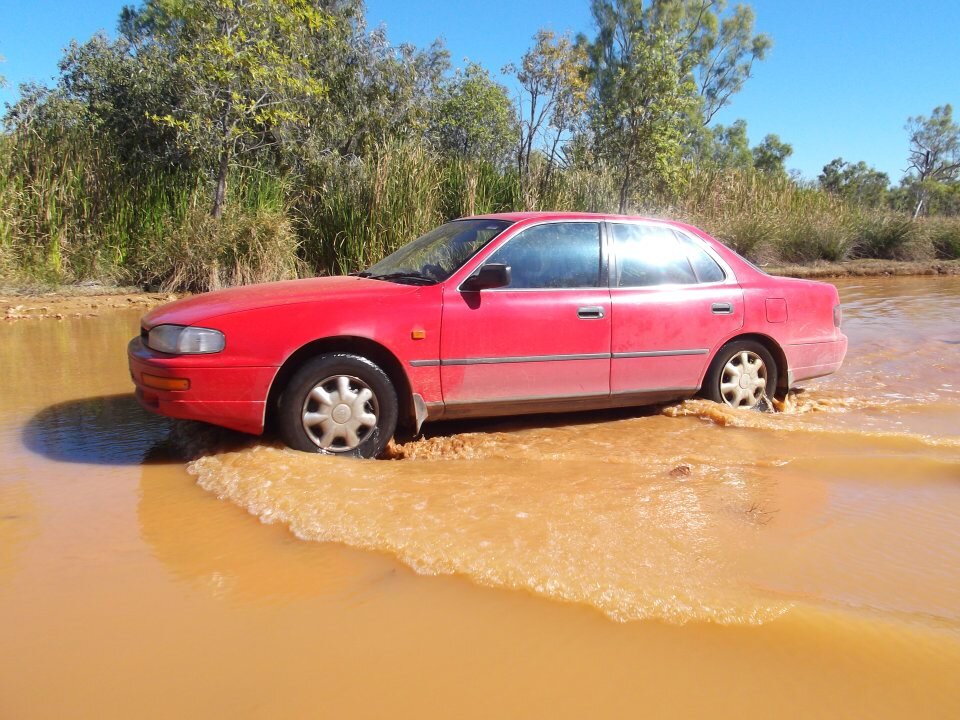
I mentioned above that knowing the limits of your vehicle, (whether it is two-wheel drive or four-wheel drive) is important. Having the knowledge of how to self-rescue, (or better yet - not get into a situation where you require any level of rescuing) is also extremely important. Acquiring driving training, instruction on how to use a winch (if you are keen to go next-level overlanding in a two-wheel drive), or at least understanding the basics of tire pressure and tire changing will go a long way to keeping you on the road rather than broken down on the side of it.
In closing, when you consider the history of overlanding, think about the first vehicles that made long distance journeys and the capabilities of those vehicles by comparison to the two-wheel drive vehicles that are on the market today. Adventure is possible and achievable regardless of the rig you choose to take you there. The addage "run what you brung" is wise in more ways than one.
Header Image: @MyTicketToRide
Jason @BeardedOverland www.beardedadv.blogspot.com



No comments:
Post a Comment